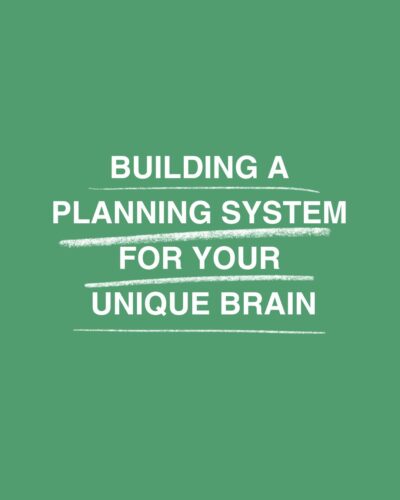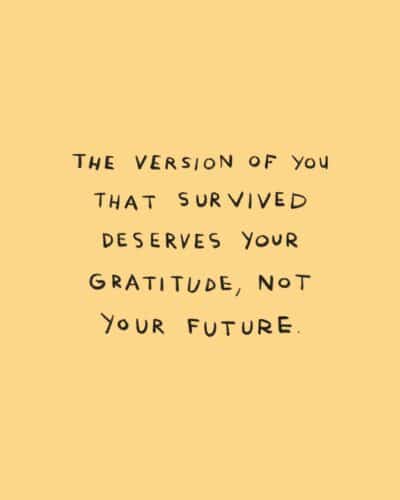
1. Feel it fully. Name the emotion: “I am feeling ____.” Let it rise and intensify—don’t try to tame it. But be careful not to project it onto someone else.
2. Rest. Give yourself space to pause.
3. Process the emotion. Write, cry, talk it out, move, listen to music that resonates. Clean your space, nourish your body—anything that helps release it.
4. Gain perspective. Once the intensity fades, reflect. What did this teach you about your needs? How can you adjust to feel safe moving forward?
5. Own your role—without shame. If it’s a random event, great—let it go. If it’s a pattern, notice it without judgment. There’s no shame in repeating lessons until you’re ready to grow. Being human is really hard.
6. Acknowledge your humanity. Embrace every imperfect part of you—this is self-love. It’s not about changing, but accepting the parts we often want to hide.
7. Acknowledge their humanity. The person who hurt you is playing out their own story. What they did was about them, not you.
8. Forgive yourself.
9. Forgive them.
10. Seek forgiveness—internally or directly. Ask for forgiveness, even if only in your mind.
11. Reclaim your power. Where have you given away your story—to societal expectations, family, friends, or the person who hurt you? Take back control of your life.
12. Rewrite your story. “I was ____, but now I am ____, and I’m grateful for the change.”
13. Create a ritual. Memorialize your progress—whether it’s a bath where you watch the emotions drain away, or something else meaningful to you.
14. Repeat as needed. Start again whenever new realizations emerge.
This is your journey—feel free to remix this framework to work for your individual brain. There’s no right or wrong, just what works for your unique brain.



